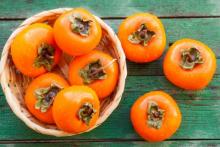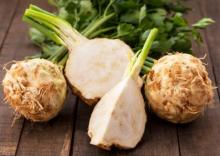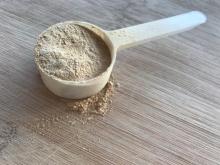Superfood 101: Persimmons!
Persimmons are in the family Ebenaceae, commonly known as the Ebony family in the genus Diospyros L. Of the seventeen species, only two are native to America: the Diospyros virginiana L, also known as the common persimmon P; and the Diospyros texana Scheele, commonly known as the Texas persimmon P.










